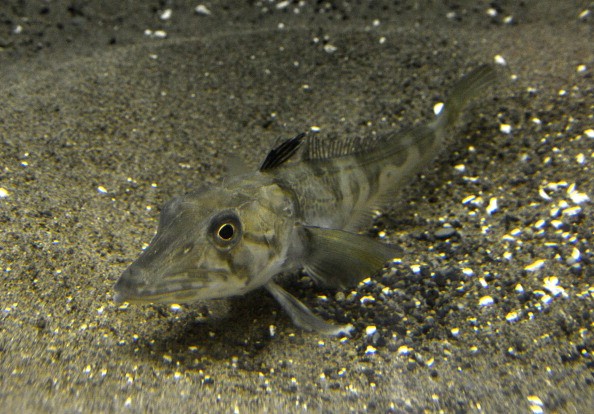For thousands of years, Antarctic fish have adapted to the frigid temperature of the Southern Ocean. According to researchers, they have lost their ability to grow at the rate that they would if they were kept in the same water temperature as their warmer water cousins.
Antarctic spiny plunderfish and the shanny (common blenny) were the species studied by scientists at the University of Plymouth and the British Antarctic Survey.

Antarctic Fish: Surviving Polar Water Temperatures
Even when the two species were kept in the same water temperature, the Antarctic fish consumed 20% less food and grew at a much slower rate than the species from temperate seas, as per Phys.org.
Fish that live in Antarctic waters have increased the amount of cellular machinery they have to build proteins, but can't produce protein at the same rate as fish who live in warmer waters, according to the new study.
As a result, the ability of Antarctic fish to convert newly synthesized proteins into physical development has been severely compromised.
According to the findings, it appears likely that the ability to develop as efficiently or swiftly as fish from warmer water has been limited as an evolutionary trade-off for being able to survive in the polar water temperatures.
In turn, this has substantial ramifications for the likelihood of predation and the length of time it takes for sexual maturity to occur. It is the first study of its sort to examine how Antarctic fish produce and store protein as they grow, compared to those in temperate environments, in Royal Society Open Science
One of the broadest comparative investigations of protein metabolism, development, and food consumption in fish over a wide range of ecologically relevant habitat temperatures is also provided by this study.
Rates of Growth in Antarctic Creatures
The study's lead author, Dr. Keiron Fraser, a lecturer in marine conservation at Plymouth University, said because of their extreme thermal constraints, Antarctic fish cannot survive at temperatures that are significantly higher than those in which they currently thrive.
To the contrary, many temperate organisms have greater temperature tolerance since they are often found in areas with wide latitudinal variations. Even at the same water temperature, the growth and protein metabolism rates of Antarctic species are much lower than those of temperate species.
According to Scitech Daily, species that have evolved to thrive in a wide range of temperatures are highlighted as ocean temperatures rise as a result of global warming. Many important physiological processes, including growth, will be affected if Antarctic fish are increasingly exposed to higher temperatures.
Difficulties in Protein Production
Professor Lloyd Peck, the British Antarctic Survey's lead physiologist on animal adaptations in severe settings, added that the seabed of Antarctica is home to an about 20,000 species, according to estimates. According to Peck, almost every creature that has been researched so far has had significant difficulty producing proteins, and it appears that this is a universal constraint on life at low temperatures.
It's not uncommon for Antarctic marine species to have other unusual adaptations, like the 16 fish species that have backbones but no red blood cells or hemoglobin to carry oxygen around their bodies, or giant sea spiders that are thousands of times heavier than their temperate zone counterparts.
There are a number of factors at play, not the least of which is the difficulty of producing proteins in an environment with continual low temperatures, that make the prospects for many Antarctic marine organisms poor.
For more news, updates about Antarctic fishes and similar topics don't forget to follow Nature World News!
© 2025 NatureWorldNews.com All rights reserved. Do not reproduce without permission.





